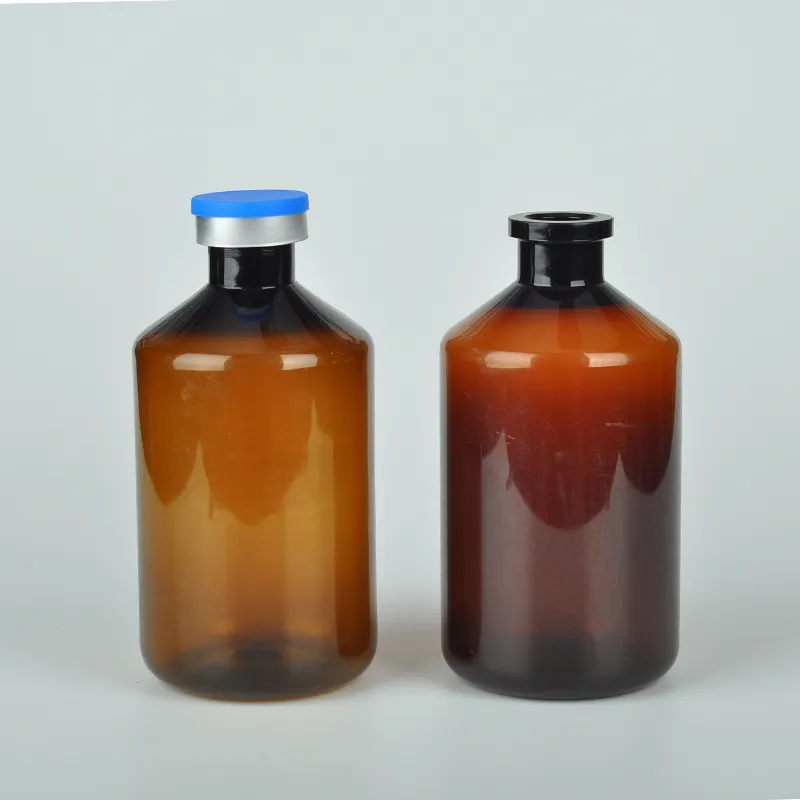https://www.wahmg.com/)">
reagent bottle uses and functions
reagent bottle uses and functions
Reagent bottles are essential tools in laboratories, serving a variety of purposes in scientific research, chemical analysis, and educational settings. These bottles are designed to store and preserve chemical substances, ensuring that they remain uncontaminated and easily accessible for experiments and procedures. Understanding their uses and functions highlights their importance in the scientific community.
One of the primary functions of reagent bottles is to contain and protect various chemicals, including liquids, powders, and solids. Made from materials such as glass, plastic, or high-density polyethylene, these bottles are engineered to withstand a range of chemical interactions. For instance, glass reagent bottles are favored for their inert properties, making them ideal for storing reactive substances. On the other hand, plastic bottles may be used for less reactive materials or where breakage is a concern.
.
Moreover, these bottles often feature labels and caps that enhance their functionality. Labels provide critical information about the contents, including chemical names, concentrations, hazard warnings, and expiration dates. This labeling is not just a matter of convenience; it is also a safety measure that helps prevent accidents and ensures proper handling. Caps, which may include standard screw tops or specialized closures, help to protect the contents from evaporation, contamination, and spillage.
reagent bottle uses and functions

In addition to storage, reagent bottles play a crucial role during experiments. They may be used for mixing reactants, conducting titrations, or even storing biological samples. In many laboratory protocols, the choice of a reagent bottle can significantly influence the outcome of an experiment. For example, when conducting titrations, the shape and size of the bottle can affect the ease of use and precision in measuring reactants.
Furthermore, the proper use of reagent bottles contributes to laboratory safety. Following best practices, such as using appropriate bottles for hazardous materials and ensuring that they are securely closed when not in use, can minimize risks associated with chemical exposure. Training staff and students on the correct handling of these bottles is essential for fostering a safe laboratory environment.
In conclusion, reagent bottles are indispensable tools in the scientific world, offering vital functions such as storage, mixing, and safety. Their design and functionality cater to a wide range of chemical substances, making them a cornerstone of laboratory operations. Understanding their uses not only enhances experimental efficiency but also contributes to the safety and success of scientific endeavors.
-
Wholesale Plastic Juice Bottles with Caps 16 oz Options Available Bulk Packaging SolutionsNewsJun.10,2025
-
Laboratory Apparatus Reagent Bottle – Durable & Chemical Resistant Bottles for Safe StorageNewsJun.10,2025
-
Squeezable Dropper Bottles Durable, Leak-Proof & CustomizableNewsMay.30,2025
-
Affordable Plastic Petri Plates Sterile & Disposable Lab-GradeNewsMay.30,2025
-
Eye Dropper Caps Precision 24/410 & Plastic Bottle-Compatible TipsNewsMay.30,2025
-
Affordable Mini Spray Bottle Price & Wholesale Deals Shop NowNewsMay.29,2025





















